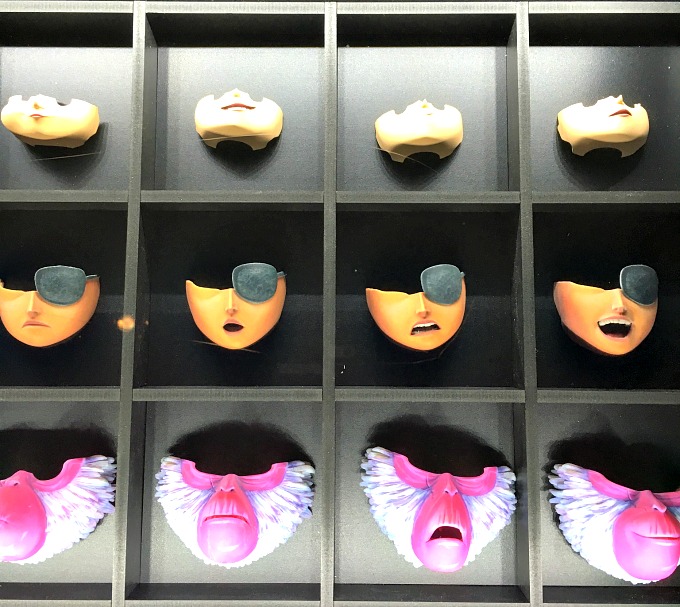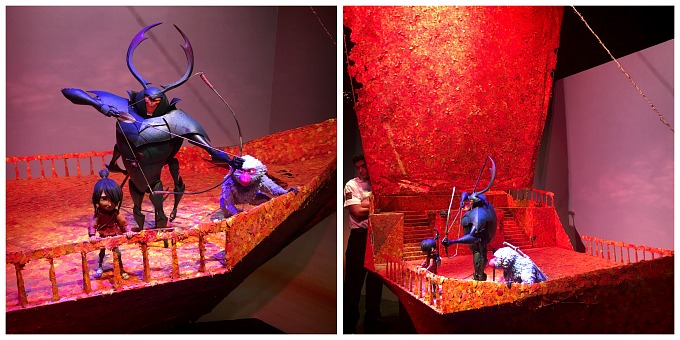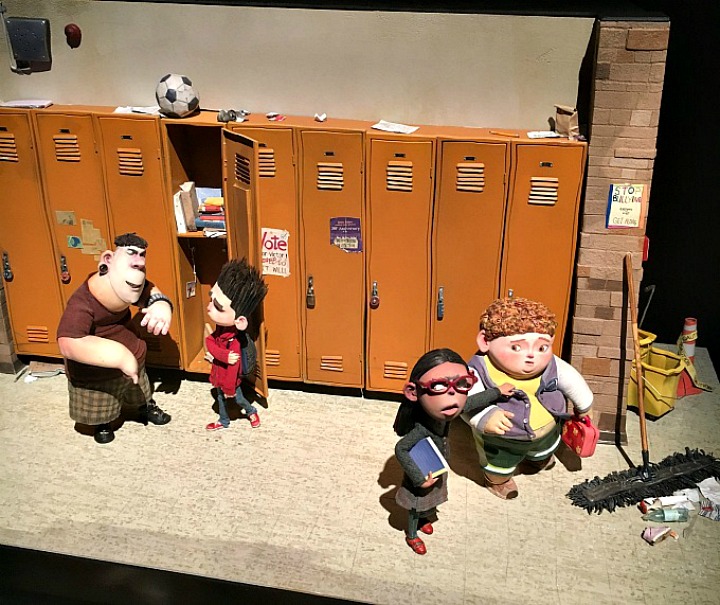We, at Ahimsa Media, have so much respect for the patience and attention to detail required of stop motion storytelling! I recently had the opportunity to view an educational display of props and characters used by Laika Studios in some of their very popular feature films including, ParaNorman, The Boxtrolls, Coraline, and their most recent release, Kubo and the Two Strings. With it taking approximately 5 years to complete an animated feature of this genre, you can imagine the journey involved, and the effort to keep the story fresh and engaging for those working on it.



Laika has mastered the blend of technology with the age old technique of stop motion by utilizing 3D printing to create replaceable character heads with expressions more realistic than has ever been done before. A main character, such as Norman may have a face made up of over 78 individual pieces, with thousands of those needed to produce different looks. The protagonist from Kubo for example, has 66,000 face pieces for a total of 48 million different possible facial expressions. You may be starting to see why it takes so long to complete storytelling on a project like this. Just the 3D printing alone takes years to complete, with it taking so many hours for each piece.

24 facial expressions are needed per second of filming, with an equal number of photos! No video is ever taken, an entire movie is made up of over 5 thousand images alone. Laika does also masterfully blend CGI elements to make wires disappear or add rooftops to buildings that had to be open, plus some necessary special effect needs that come up.

Knowing how long it takes to complete one of these storytelling projects has us wondering how many stories are in the works right now that we can look forward to in the next 5 years! Can’t wait to enjoy them with our enlightened knowledge of the craft.

2 responses to “Stop Motion Storytelling”
Wow. The amount of effort, time and money studios put into stop motion storytelling is outstanding. So impressive!
[…] I have to say, this was a lot of fun, and something I could see wanting to incorporate into my school, if I still taught in a school. With this, I could see this being a full language and media arts project, a station set up in the classroom for kids that finished their other work early, a makerspace activity, or an after school club. It is also a fun at home activity, as well as a great project for homeschoolers. I myself am now looking for excuses to play with making lego stop motion movies in our work – possibly in future tutorial videos for StoryToGo or for one of my Master of Educational Technology videos. My young student kindly gifted me the LEGO Movie Maker Building Kit, and I am going to buy the Klutz: LEGO Make Your Own Movie book for myself, my nieces and nephews, and a few of my friends’ kids, as this really is such a fun experience. I can see why Lori was so fascinated by her visit to the Laika Studios and learning about stop motion storytelling there. […]